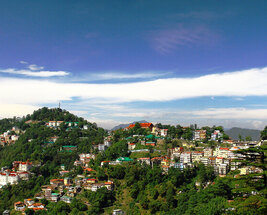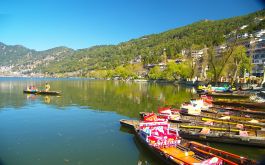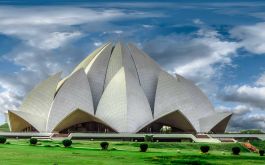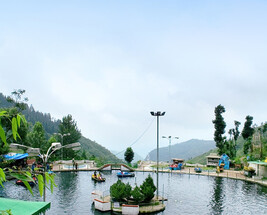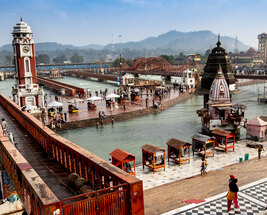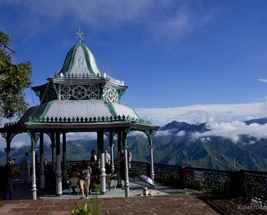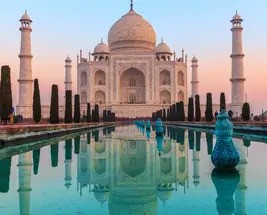By Bus
Delhi has plenty of local buses which you can use to get around. However, these tend to be quite crowded during peak hours and thus, not convenient for visitors. However, there are several useful routes such as the Airport Express Bus. Buses run by DTC are often crammed with locals – the red ones are air-conditioned and the fare costs more, while the green ones are non-air conditioned. At the bus stops, you might not come across bus routes displayed anywhere. If you find that confusing, do check routes online or just ask someone.
By Taxi/Cabs
Getting taxis to travel in Delhi can be an easy and convenient way to get around the city. However, taxi drivers are notorious for not agreeing to the meter fares and it’s always best to negotiate with them before the trip begins. Taxi fares can be quite exorbitant, so always ask a local about expected rates. You can also hire a taxi for sightseeing through the day and it comes with a fixed cost, based on the distance you travel and the time taken.
Cab services such as Ola and Uber have made life easy for visitors who want to get around the city without haggling for prices. However, do remember that cab drivers do take a little time to reach you and might even call for directions. They may not be well-versed in English either. Ola and Uber cabs cost less than regular taxis.
By Metro
Delhi’s Metro is well-connected to several parts of the city. It is fast and an efficient way to travel across the city. There are regular announcements in Hindi and English. During peak hours, the Metro trains tend to get very busy. So it’s best to avoid using it during rush hour, especially if you have luggage with you. Also, do remember that the first carriage in the train is reserved for women only.
The Metro rides range from Rs. 10 to Rs. 60 when it comes to fares. A Smart Card also ensures that you get a 10% discount on all journeys. There are also tourist cards available but these are not very viable as they are valid only for a day or three days at the most. Unless you intend to use the Metro a lot, it’s not very useful.
By Autorickshaw/E-rickshaw
One of the most common ways to get around in the city is by autorickshaws. These are available everywhere and it’s easy to just hop into them. However, what’s not easy is agreeing on a fare as they prefer not to use meters. Thus, it’s quite possible to be charged exorbitant amounts that may just leave you feeling cheated! It’s best to ask locals how much you can expect to pay in such cases. There are several prepaid autorickshaw booths that determine a fixed fare for you before you even begin your journey. Electric rickshaws are also a good way to get around the city although most of them tend to be shared rides. You can still hire one for your own use too.
By Bicycle
Cycling and fitness enthusiasts can use smart bikes which are docked at one of the many stations around central New Delhi if they want to ride around in the city. The bikes can be unlocked by a mobile app and the first 30 minutes are free.
Do Note:
- Do try and learn a little Hindi if you plan to visit Delhi. It is useful, no matter where you go in the capital.
- Delhi has the reputation of being unsafe. It’s always better to be guarded and on the lookout rather than regret later.





